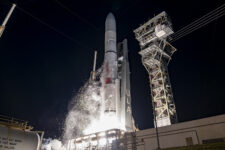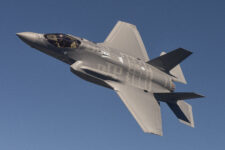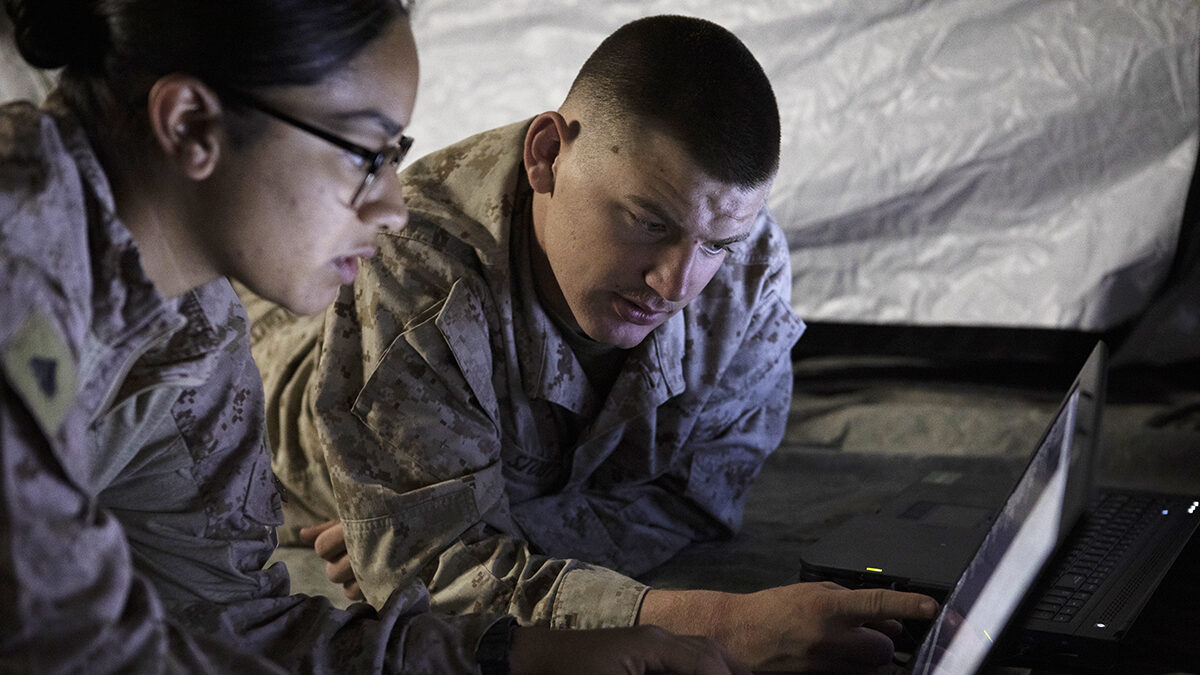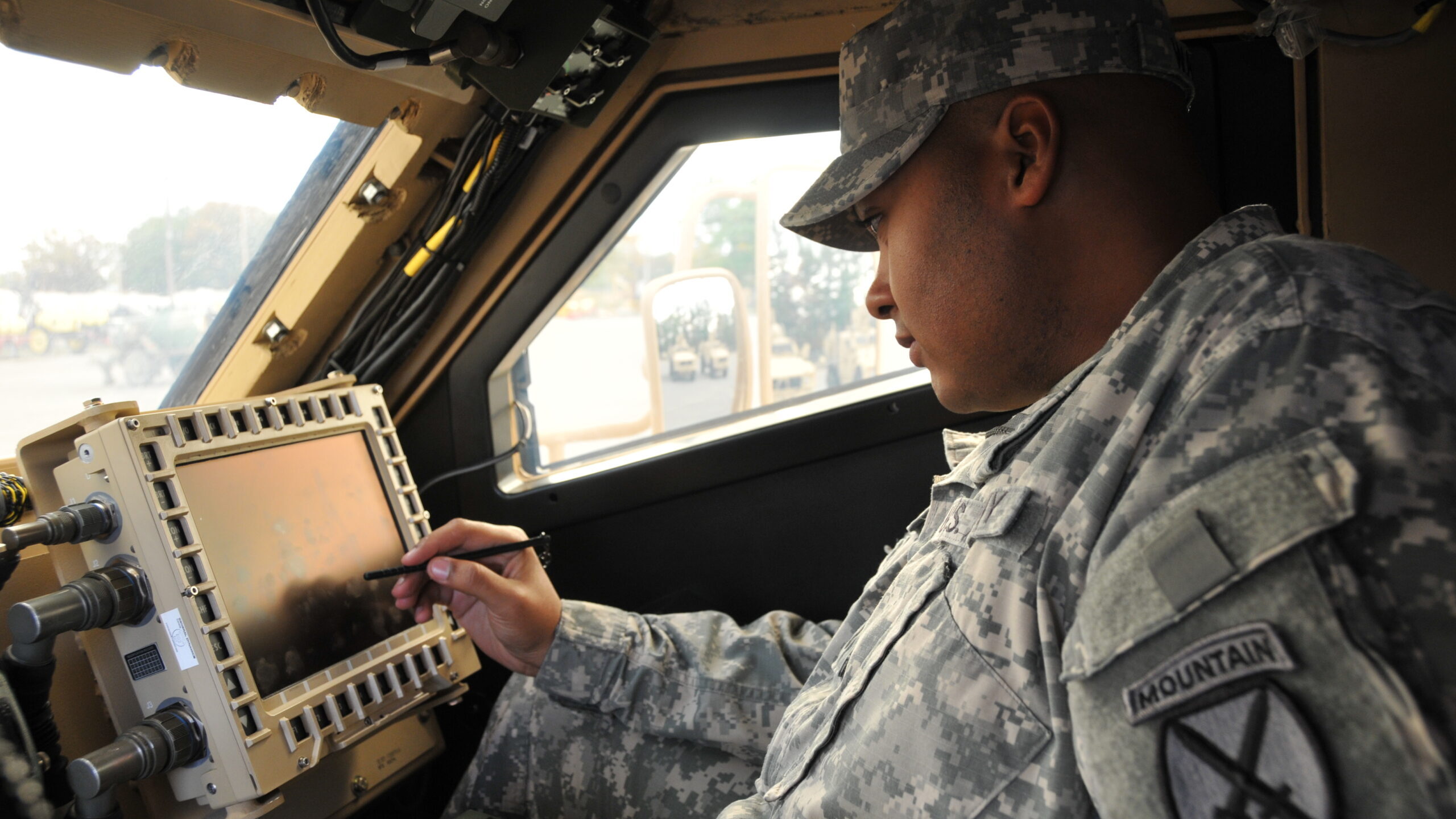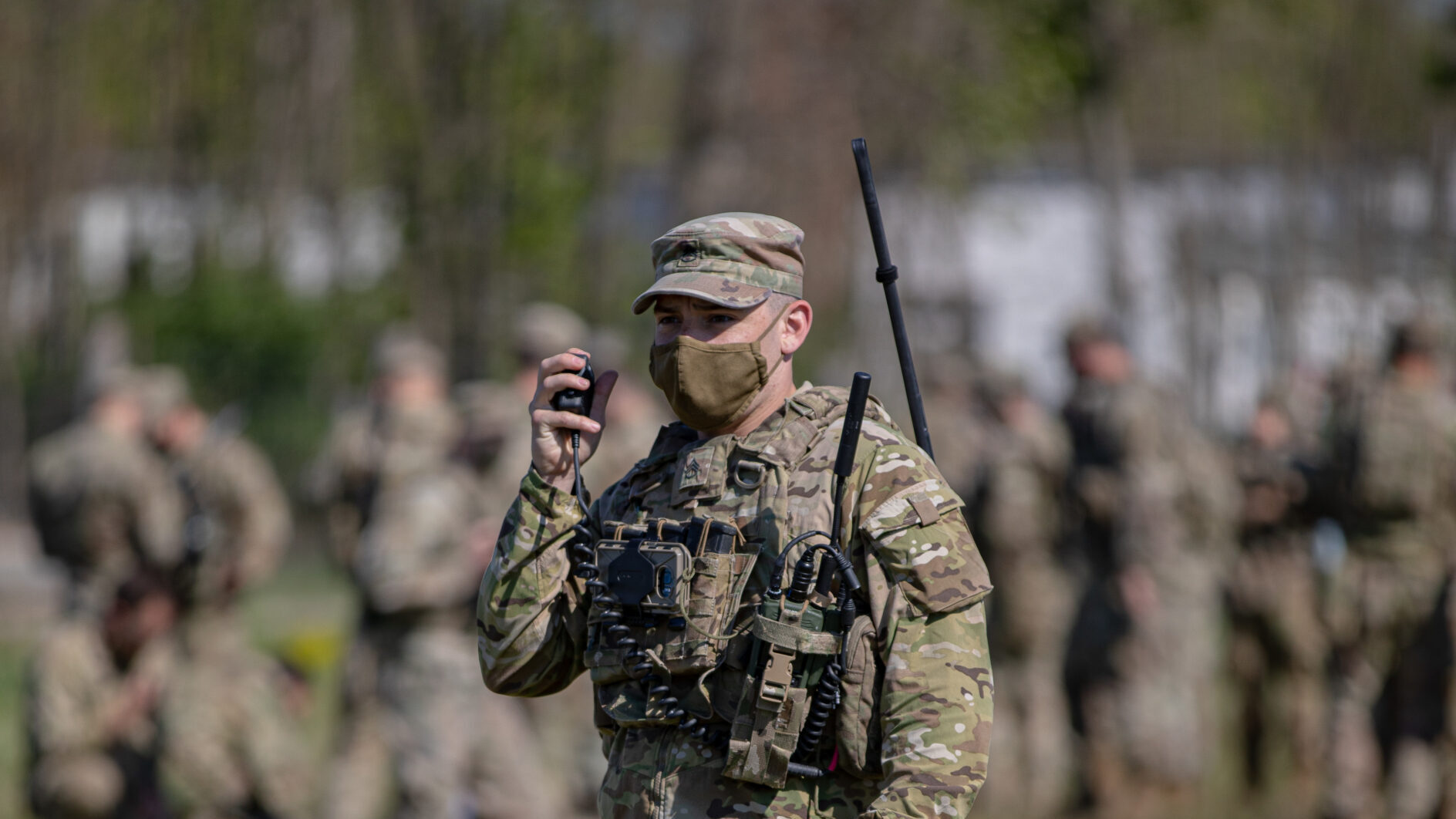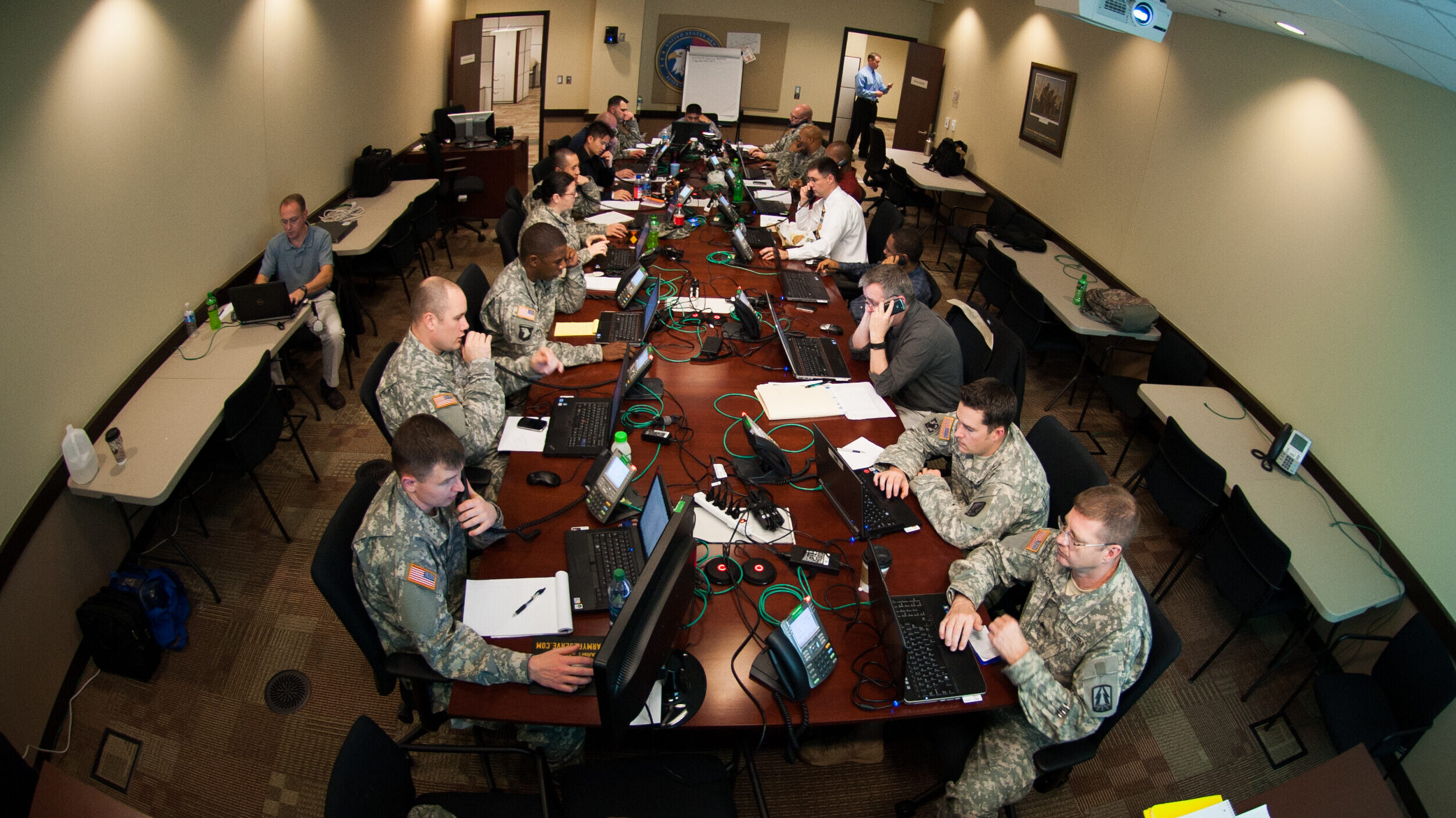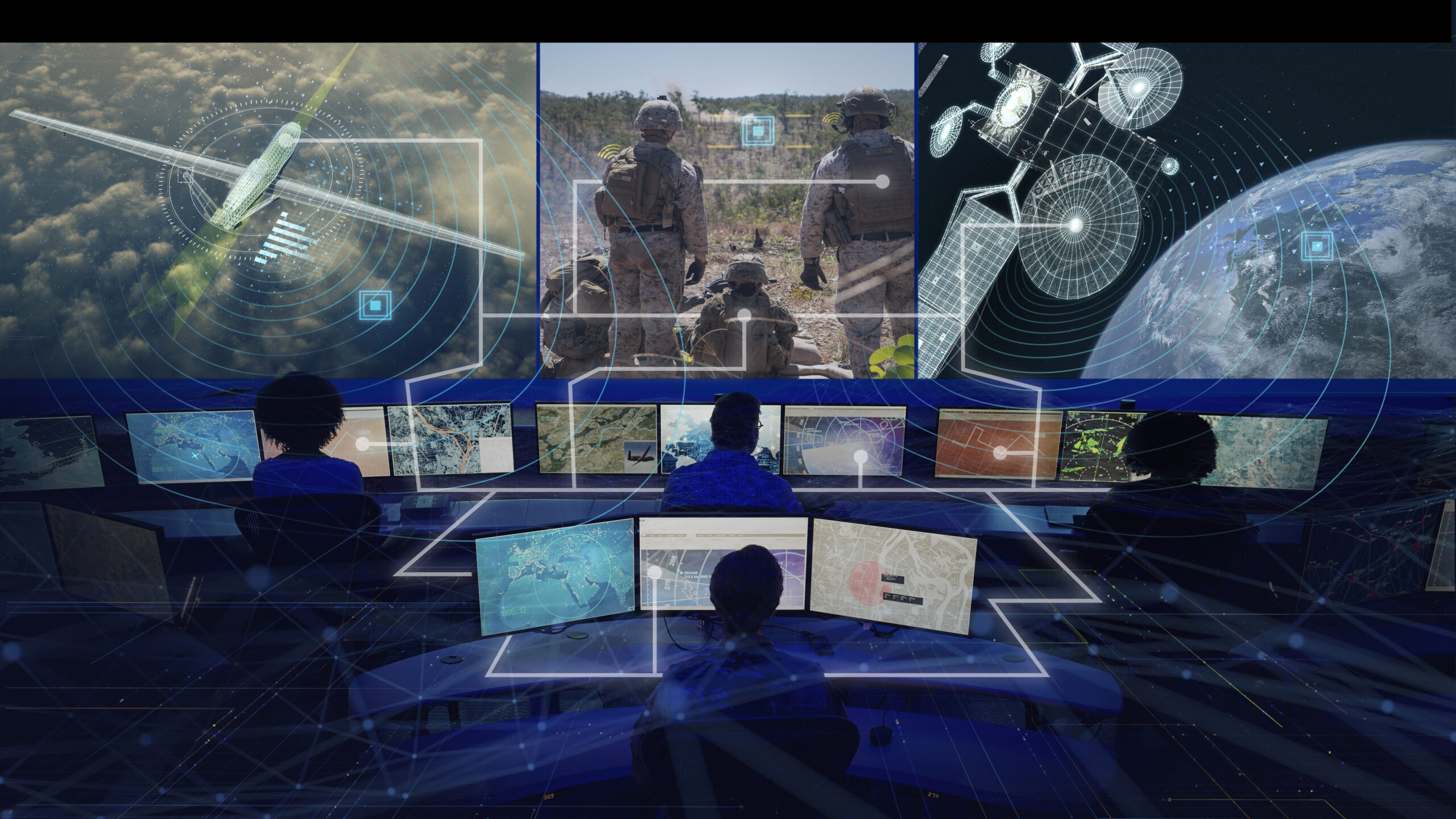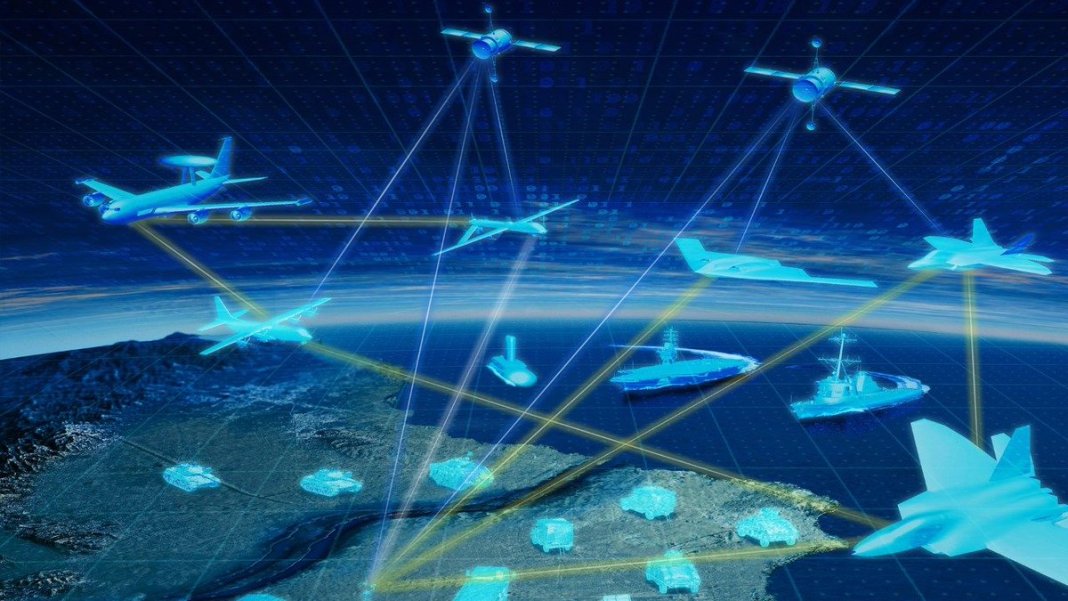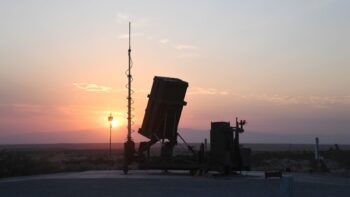![E-2D_AR_1[1]](https://breakingdefense.com/wp-content/uploads/sites/3/2024/10/E-2D_AR_11-350x233.png)

When it comes to zero trust, there’s “a lot of buzz” on things like secure facilities and networks, but not as much emphasis on “how do we watch and make sure it’s staying that way,” one expert said.
By Jaspreet Gill
The intent is to have one single contract vehicle to support moving Army systems to the cloud, which currently doesn’t exist, that will be quick and cheap, the service’s chief information officer said.
By Jaspreet Gill
The 2022 version of the Army’s cloud plan includes a new strategic objective that wasn’t mentioned in its previous iteration: implementing a zero trust architecture.
By Jaspreet Gill
“As far as reaching out to kind of the multinational world and the federal space, we haven’t yet, but that’s something that’s kind of on the roadmap for us to get to,” Drew Malloy, technical director for DISA’s cyber development directorate, said.
By Jaspreet Gill
The request is $800 million more than what the Pentagon wanted last year and includes investments in zero trust architecture and support to the Defense Industrial Base.
By Jaspreet Gill
Over the next six months, the Defense Information Systems Agency plans to produce the first working prototype of its zero-trust security and network architecture program that’s scalable across the Defense Department.
By Jaspreet Gill
“I hear more about IT revolution than evolution these days, but I think IT is more evolution,” DIA CIO Doug Cossa said.
By Brad D. Williams
“The ultimate goal is understanding exactly what is happening on the network, who is connecting, what is connected, and what are those devices and users doing on the network so you can make sure that, where connection is necessary for a mission, it’s available but also that it’s secure,” Forescout’s Dean Hullings said.
By Brad D. Williams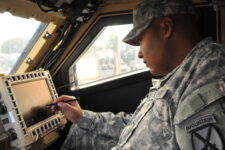
“If there’s one thing DoD and industry have done, it’s try a whole bunch of different tools over the last 10 to 12 years. What we have to do now is string them all together to show which ones work best for the capabilities the Army needs today and divest the ones that they don’t need,” Peraton VP Jennifer Napper said.
By Brad D. Williams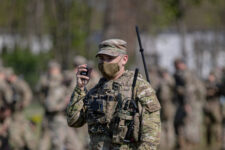
“I will offer you there will be no sanctuary in the next fight. We have to have a resilient network,” Lt. Gen. John Morrison said.
By Brad D. Williams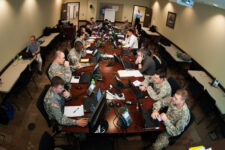
“I have a mantra of ‘I want to kill to the [Common Access Card] as the primary authentication mechanism for the department’,” Lt. Gen. Robert Skinner said. “Industry has better authentication, and it’s not just two-factor, it’s truly multi-factor authentication.”
By Brad D. Williams
Diversifying space architectures and the need for interoperability is driving a shift to dynamic, flexible, software-based infrastructure.
By Barry Rosenberg
“Joint always seems fun until we get into decisions about who governs this,” joked Army CIO Raj Iyer.
By Brad D. Williams
The new office is slated for October, Pentagon CIO John Sherman said, while also giving updates on the Spectrum Strategy implementation plan and the cyber workforce strategy.
By Brad D. Williams

